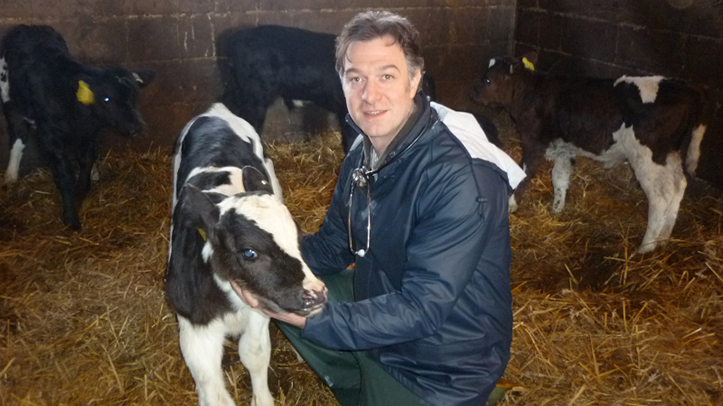Sheep farmers are being warned to closely monitor worm levels, as faecal egg counts are reporting high levels of worm burdens across the country.
This was the advice shared at a recent Elanco online workshop, as part of its Access to Knowledge (A2K) webinar series.
Ben Strugnell, from Farm Post Mortems, spoke at the event and suggested that at this time of year, high worm burdens in lambs should be treated with a Group 4 wormer, as a break dose to remove resistant worms left behind by previous treatments and help support lamb growth.
“FEC testing will also highlight if you don’t need to treat, so could save you time and money,” he said.
Hosted by The Sheep Game’s Cammy Wilson, other expert speakers included: Dr Frank Turnbull, from Techion, and vet, Joseph Henry, from Black Sheep Farm Health.
The event opened with an overview of challenges faced by farmers in the field, with a warning that haemonchus issues are rising, with cases spreading further north in the UK.
“Unlike most worm species, ewes don’t gain immunity to haemonchus, so it’s important to remain vigilant as we head into winter. The symptoms differ from other worm species, as animals don’t tend to scour,” said Mr Strugnell.
“If you’re seeing ewes and lambs that aren’t performing, it could be haemonchus, but further testing is required.”
During the event, Mr Wilson shared the benefits of regular weighing to help identify worm infestations before they become too entrenched in the flock.
“The most important thing I’ve learnt is that the first sign of a worm burden in lambs is that they stop growing, followed by scouring, and only then does the worm egg count go up,” he said.
However, Techion’s Dr Frank Turnbull stressed that this does not mean FEC tests are ineffective and highlighted their value in identifying high worm burdens and wormer resistance.
“Undertaking a FEC test ahead of worming can help ensure you’re only treating lambs when the worm burden is above the treatment threshold, avoiding overuse to help preserve the efficacy of wormers,” he said.
“They can also be used to identify resistance. By conducting another FEC test one week after initial treatment with a yellow drench, or two weeks after treatment with all other groups, to see the effectiveness of the treatment,” said Dr Turnbull.
“If the treatment has reduced the worm count by less than 95%, it might indicate that the treatment has not been fully effective.
“Anthelmintic resistance is one possible reason for this, but underestimation of lamb body weight and under-dosing is still the most likely reason for this.”
Joseph Henry, from Black Sheep Farm Health, stressed the value of an effective worm control programme to a flock’s productivity, profitability and health.
“Good worm control can reduce the impact of worms on sheep profitability in a sustainable manner that preserves the effectiveness of anthelmintics for future generations,” he said.
“Working with your vet to put together an efficient worm management plan can help achieve better daily liveweight gain (DLWG) in your lambs. This can help get them to market faster, while reducing labour requirements, time spent drenching, and the amount of wormer used.”


